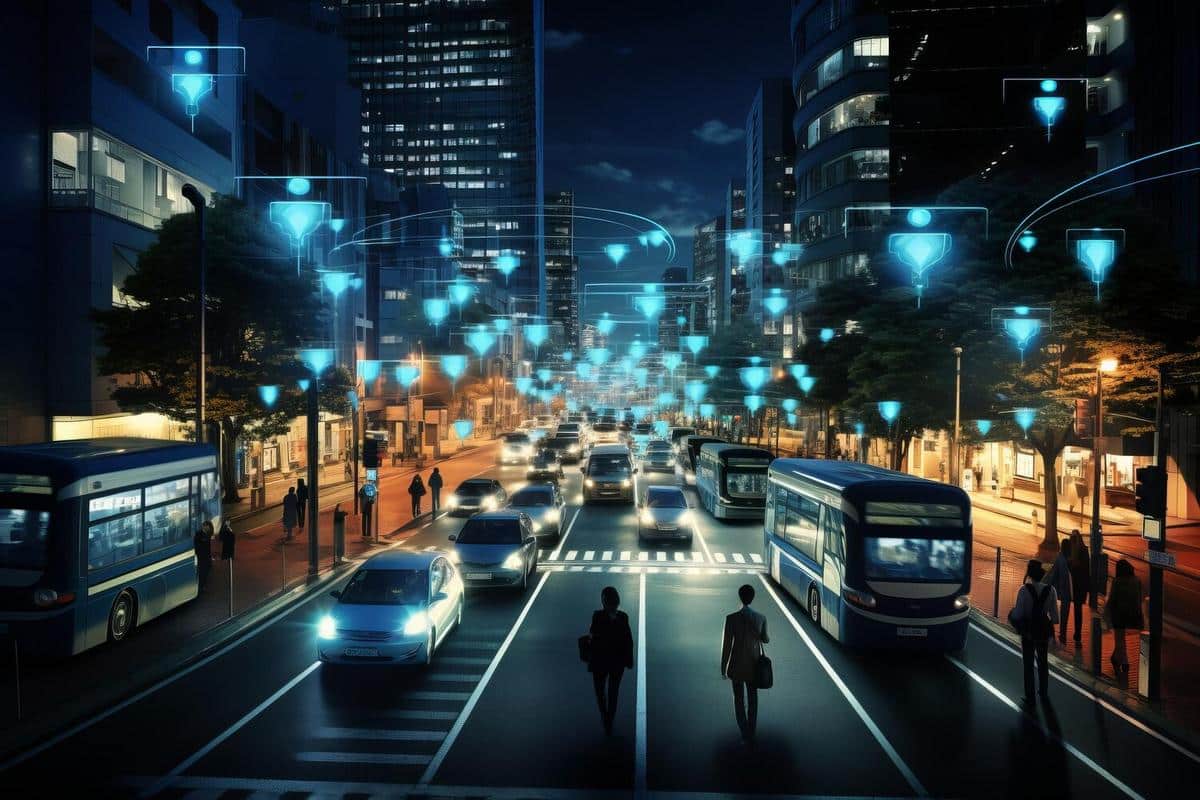
Understanding Vehicle-to-Everything (V2X) Communication
Imagine driving through a bustling city where your car can communicate seamlessly with traffic lights, pedestrians, and even other vehicles. This is not a scene from a futuristic movie but a glimpse into the evolving world of Vehicle-to-Everything (V2X) communication.
Introduction to V2X Communication
Vehicle-to-Everything (V2X) communication is a groundbreaking technology designed to enhance road safety, reduce traffic congestion, and improve the overall driving experience. By enabling vehicles to communicate with each other and their surroundings, V2X creates a network of interconnected elements that share real-time information.
How V2X Works
V2X communication encompasses several components, including Vehicle-to-Vehicle (V2V), Vehicle-to-Infrastructure (V2I), Vehicle-to-Pedestrian (V2P), and Vehicle-to-Network (V2N) interactions. Each of these components plays a crucial role in creating a comprehensive communication system.
Vehicle-to-Vehicle (V2V)
V2V communication allows cars to share information such as speed, position, and direction. This data exchange can help prevent collisions by alerting drivers to potential hazards.
Vehicle-to-Infrastructure (V2I)
V2I communication enables vehicles to interact with road infrastructure, including traffic lights and signage. This can lead to optimized traffic flow and reduced emissions.
Vehicle-to-Pedestrian (V2P)
V2P technology focuses on the safety of pedestrians by allowing them to communicate with nearby vehicles. For instance, a pedestrian’s smartphone could alert drivers of their presence.
Vehicle-to-Network (V2N)
V2N involves vehicles connecting to mobile networks to access real-time traffic data, weather updates, and more, enhancing the driving experience.
Benefits of V2X Communication
- Enhanced Safety: By sharing data, vehicles can avoid accidents and reduce the risk of collisions.
- Reduced Traffic Congestion: V2X can optimize traffic light timings and reroute traffic, minimizing delays.
- Environmental Impact: Efficient traffic management leads to decreased fuel consumption and lower emissions.
Expert Insights
According to a report by the European Commission, V2X communication is expected to reduce traffic accidents by up to 80% when fully implemented.
Real-world Applications
One notable example of V2X in action is the pilot project in Tampa, Florida, where connected vehicles are tested to improve traffic flow and safety.
Consider participating in local V2X pilot projects to experience this technology firsthand and contribute to its development.
Challenges and Considerations
While V2X technology offers numerous benefits, it also faces challenges such as ensuring data security, privacy, and the need for widespread infrastructure development.
Conclusion
V2X communication stands at the forefront of modern automotive technology, promising a safer and more efficient driving future. As this technology continues to evolve, its potential to transform the way we drive becomes increasingly apparent.
Frequently Asked Questions
What is V2X communication?
V2X communication is a system that allows vehicles to exchange information with each other and their surroundings to improve safety and traffic management.
How does V2X improve road safety?
By sharing real-time data, V2X can alert drivers to potential hazards and help prevent accidents.
What are the components of V2X?
V2X includes Vehicle-to-Vehicle (V2V), Vehicle-to-Infrastructure (V2I), Vehicle-to-Pedestrian (V2P), and Vehicle-to-Network (V2N) communications.
Are there any challenges with V2X?
Yes, challenges include data security, privacy concerns, and the need for robust infrastructure.


